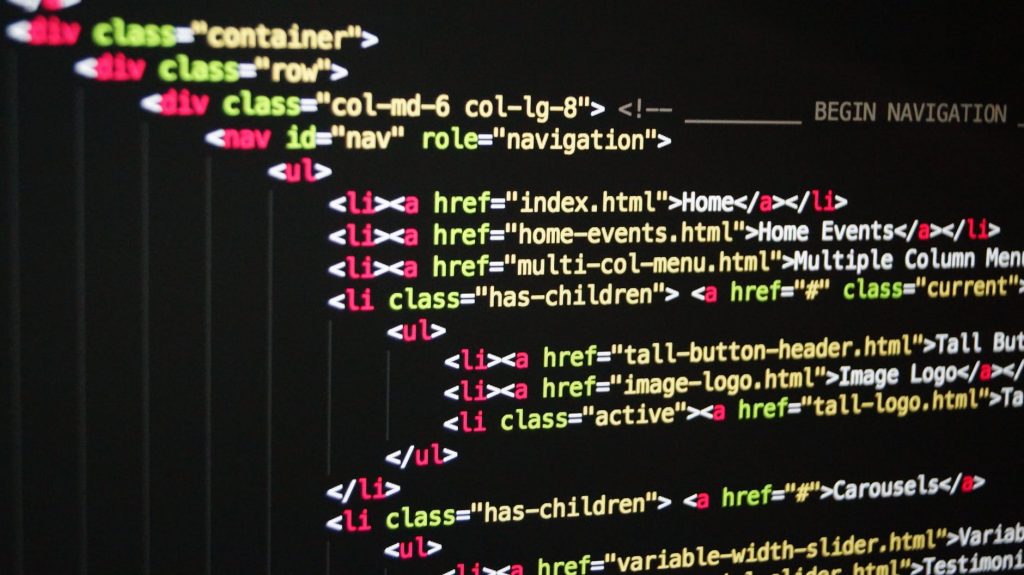Well, not really, but a non-fungible token (NFT) of the world wide web’s source code was sold by its creator, Sir Tim Berners-Lee.
NFTs are the latest blockchain craze, taking 2021 by storm when an autographed copy of the first-ever tweet was sold for a little under $3 million.
An NFT is much like a Bitcoin or Ethereum token in that it is a digital, cryptographic asset whose proof of ownership is held securely on a blockchain ledger. The distinction lies in the fungibility, or uniqueness, of the tokens. While one Bitcoin can be exchanged for another with no meaningful change in each holder’s capital, one NFT is individual and cannot be exchanged for another of the same.
NFTs have been used to represent an ever-growing range of assets. Some of the most popular NFTs to trade are baseball cards, music, digital artwork and, of course, pictures of cats. 
So Tim Sold The Internet… On The Internet?
Not quite, Sir Tim did not actually sell the source code to or the ownership of the world wide web; no one is going to start charging you for access to the internet. In his own words, “I’m selling a picture that I made, with a Python programme that I wrote… signed by me”.
The NFT comprised four separate entities:
- Time-stamped files containing the source code, including more than 10,000 lines of HTML, HTTP and URI protocols and documents
- A 30-minute animated video of the code being written (the code appearing on the screen, not a cartoon of Sir Tim sat at a computer)
- An image of the full code, signed with a graphic representation of his signature, created by Sir Tim
- A personal letter from Sir Tim reflecting upon his creation
The sale of the source code was carried out by Sotheby’s auction house in late June 2021, with a starting bid of $1,000 ending in a final sale worth $5,434,500 on 30th June.
Half an hour before bidding closed, the token appeared to be selling for around $3.5 million, but a frenzied rush of bids in the final 15 minutes caused its value to skyrocket by $2 million.
The acquisition represents a significant step forward in the adoption of blockchain-based assets by traditional auction houses.

…Wasn’t The Code Already Available?
Yes, the source code for servers, links, and web page creation has been publicly available since 1993 when CERN, Sir Tim’s employer at the time, relinquished any property rights and made the internet free for all.
This question also reflects many of the main criticisms of NFTs by skeptics and opponents. After all, what is the point of spending millions of dollars on something you already have free access to or can perfectly replicate at will? The answer lies in scarcity and proof of ownership.
For example, if the Mona Lisa sold at auction for a few hundred million, no one would question the buyer for spending money on it, even though a printed copy can easily be made that would look almost imperceptibly similar. Similarly, someone buying one of only a few baseball cards for significant amounts of money is not noteworthy.
The purchaser of an NFT is primarily paying for the ability to claim ownership of that digital asset, which may seem arbitrary to most people, but the concept is extremely common among collectors and the very wealthy.







